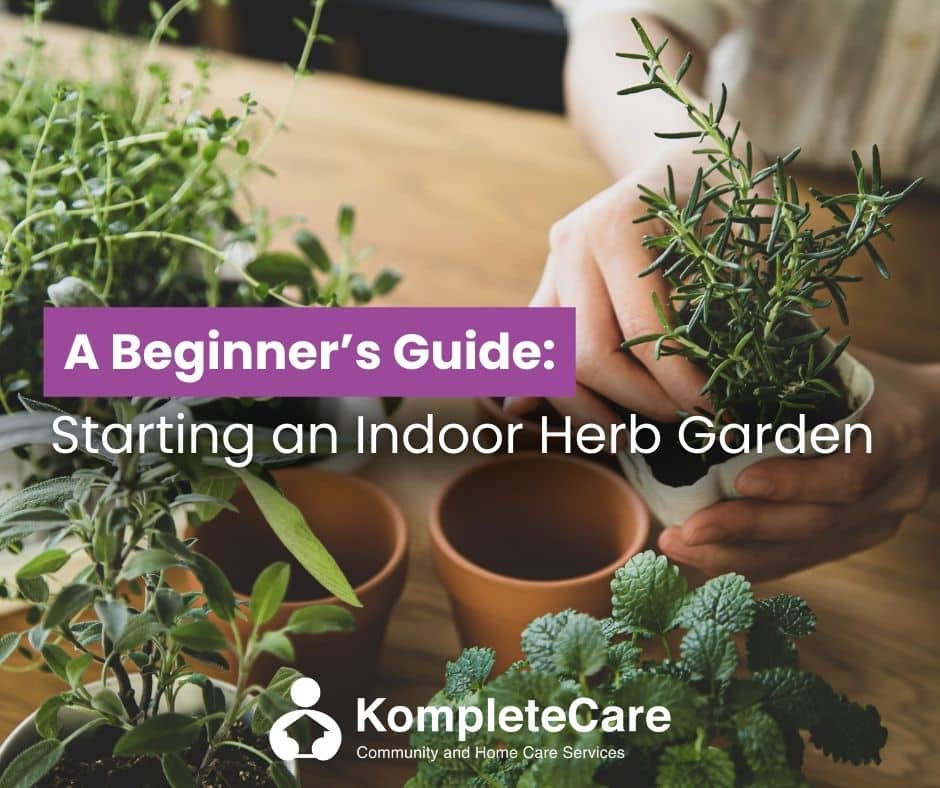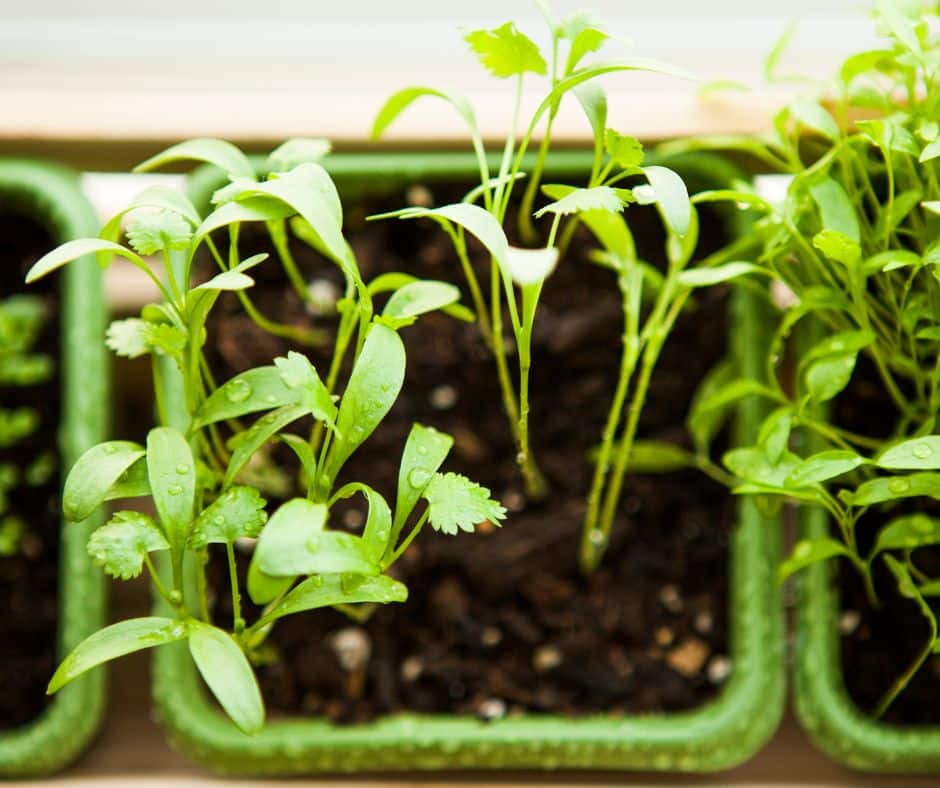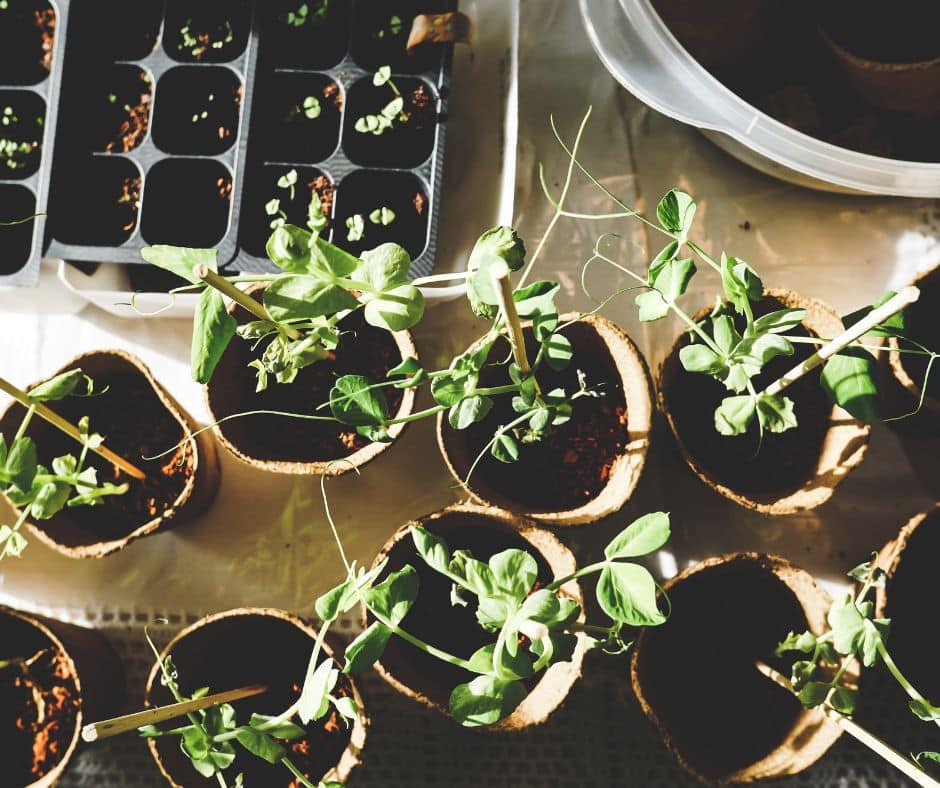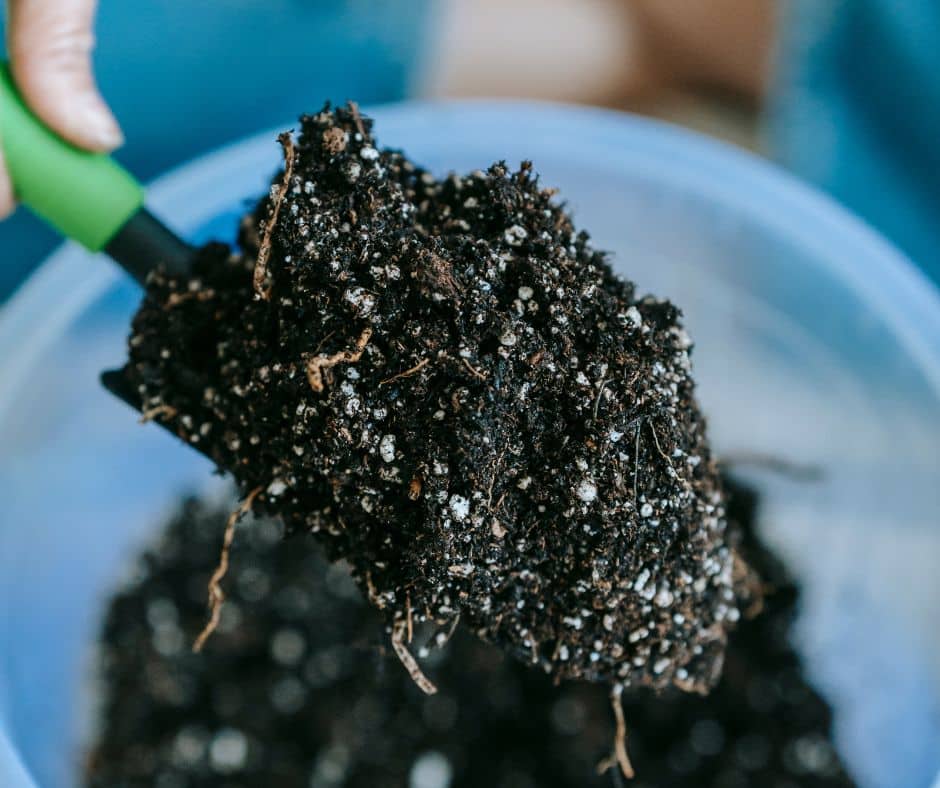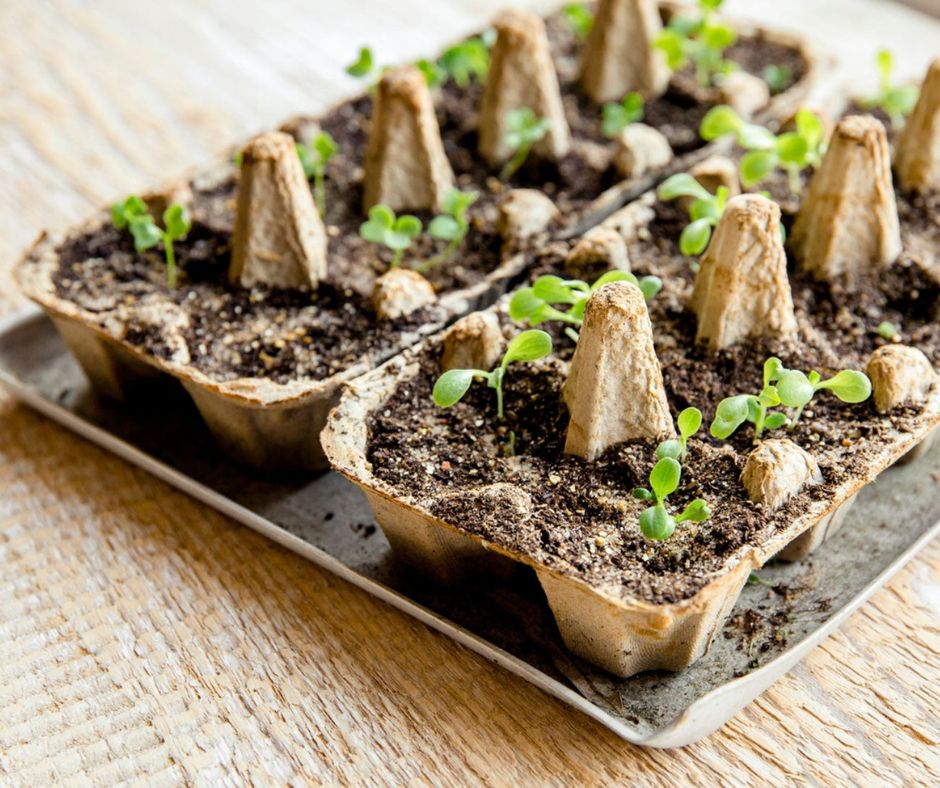While you might not be a pro, starting with an indoor herb garden has many advantages.
You can guarantee that the herbs you’re using are fresh and have the ingredients you need right at your fingertips. Growing your herbs is cost-effective, with a packet of seeds costing less than $2.00. It will also save you money on your supermarket receipt.
Herbs are among the easiest edible plants to grow at home, making them an excellent option for gardening beginners. Many herbs prefer warmer temperatures, but most can be grown indoors with the right conditions and care.
What you’ll need to start your herb garden
- Seed raising mix
- A seed starting tray
- Seed packets
- A watering can (or access to water)
- Gardening gloves (optional)
Starting your herb garden step-by-step
Step 1: Pre-moisten your seed-raising mix and add enough water so it starts to clump together but isn’t dripping wet. You’ll need to get your hands dirty to mix the water in properly, so this is where gardening gloves will come in handy. You can find a seed-raising mix for relatively cheap, with 10-litre options costing under $10.00 at Bunnings.
Step 2: Fill your seed-starting trays with moistened potting mix. Make sure not to press the mix in too hard; press the mix down gently inside each cell, ensuring there are no air pockets and the mix makes contact with the bottom.
Step 3: Now you’re ready to plant your seeds. Medium-sized seeds, like cilantro and chives, should be planted about 600 mm deep, but smaller seeds, like parsley, dill, and basil, should be sprinkled on the surface, pat down gently, and covered with a very fine layer of your seed-raising mix. Make sure to label your seeds as you plant them, as once they germinate, they’ll look very similar.
Step 4: Place your seedlings in a warm, sunny spot, like a north-facing window. Avoid direct sunlight, as they may become overheated and dry out. Keep them somewhere close so you can keep an eye on them.
Herb garden tips for success
Keep your seedlings moist: Gently mist them daily to prevent drying out during germination. You can buy a plant-specific mister from a local nursery or Bunnings or use a cheap spray bottle full of water, as long as you keep them damp but not too wet.
Pick the right herbs: Low-maintenance herbs like basil, chives, mint, oregano, parsley, rosemary, and thyme tend to thrive indoors.
Start simple: While an elaborate herb garden might be your goal, it’s a lot to take on in one go. Different herbs have different needs, and getting familiar with too many herbs at once can be overwhelming. Start with just a few herbs with similar needs, and once you master the process, slowly add more complex herbs to the mix.
Harvest regularly: It might be challenging (and not as pretty) to strip your herbs down to the bone, but you’re actually doing them a favour. Regularly trimming and harvesting your herbs keeps them healthy and encourages them to grow.
Reduce, reuse, recycle: Save a few dollars and consider reusing something you have at home as a seed tray. Egg cartons and strawberry punnets work great and give your rubbish a second life. Just ensure they allow some drainage, which might mean cutting a few holes if needed.
Gardening at home
While starting your herb garden indoors is easy and beginner-friendly, maintaining your garden around your home might be a different story. Just like us, our gardens thrive on care and attention. But as we age or live with a disability, illness, or injury, giving our gardens the attention they need can become difficult to manage independently. Keeping your lawn or garden bed looking nice is just one of the home and garden maintenance services KompleteCare can provide our clients regularly. To learn more, call us at (08) 8265 5696 or complete an online enquiry form.






